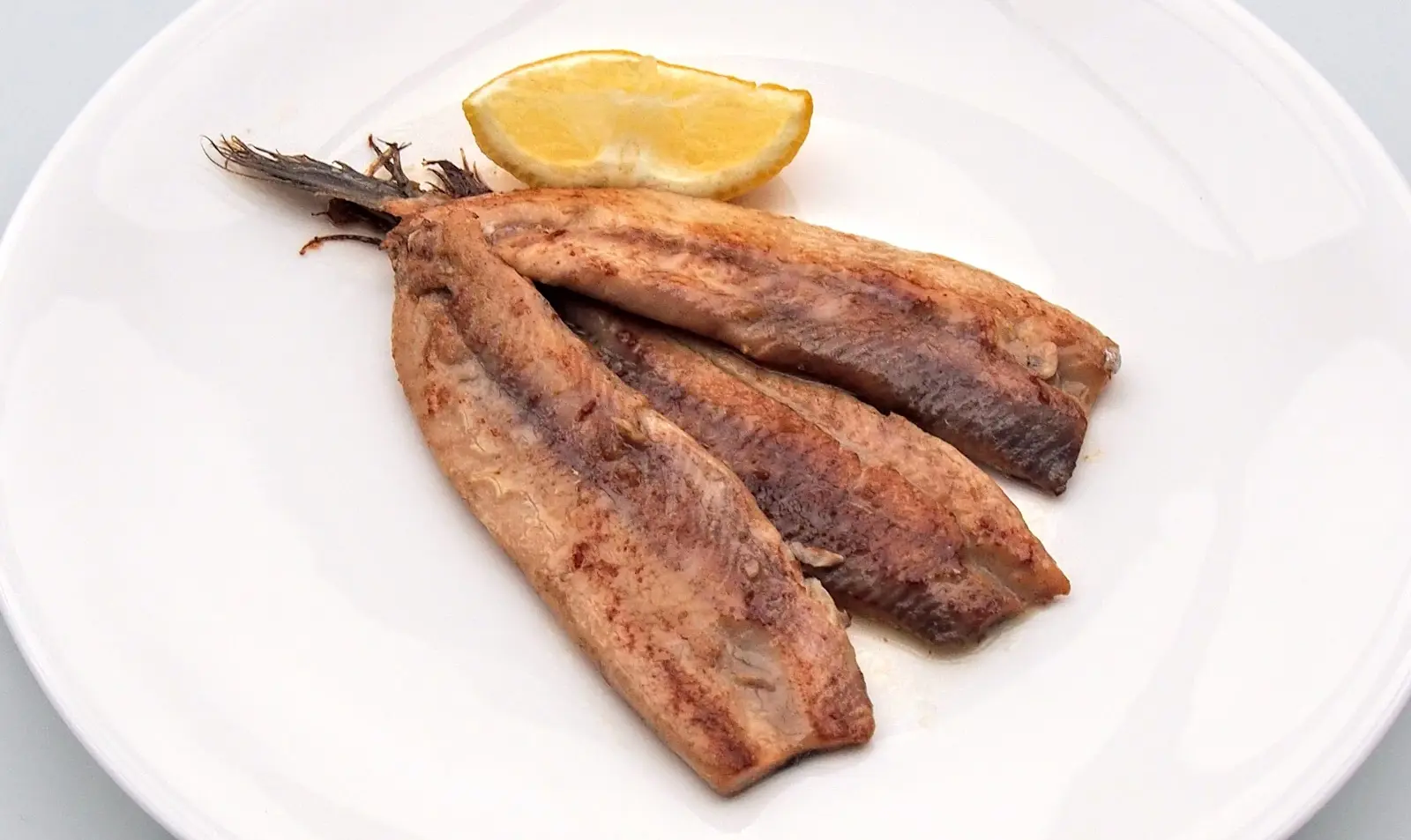Herring is a popular type of fish that is commonly consumed in many parts of the world. It is known for its rich flavor and versatility in cooking. One of the traditional methods of preserving herring is by salting it in brine, followed by smoking and curing. This process not only enhances the taste of the fish but also prolongs its shelf life.
The Salting Process
Salted herring is made by immersing the fish in a solution of salt and water, known as brine. The brine helps to draw out the moisture from the herring, which in turn helps to preserve it. The herring is usually gutted and cleaned before being placed in the brine solution. The amount of salt used in the brine can vary depending on the desired level of saltiness. The fish is then left to soak in the brine for a specific period of time, usually a few days to a week.
The smoking process
After the herring has been salted, it is then smoked to further enhance its flavor. Smoking involves exposing the fish to smoke from burning wood chips or sawdust. The smoke not only adds a smoky flavor to the herring but also helps to preserve it by inhibiting the growth of bacteria. The herring is typically hung in a smokehouse or placed on racks and smoked for several hours. The type of wood used for smoking can also influence the flavor of the fish. Common types of wood used include oak, hickory, and alder.
The Curing Process
Once the herring has been salted and smoked, it is then cured to further develop its flavor and texture. Curing involves aging the fish in a cool, dry environment for a specific period of time. During this time, the flavors of the salt, smoke, and fish meld together, resulting in a more complex and intense flavor profile. The curing process can take anywhere from a few days to several weeks, depending on the desired outcome.
Uses of Salted, Smoked, and Cured Herring
Salted, smoked, and cured herring is a versatile ingredient that can be used in various dishes. It is commonly enjoyed on its own as a snack or appetizer. The rich, smoky flavor pairs well with other ingredients such as onions, potatoes, and sour cream. It is often used in traditional dishes like herring salad, herring fillets on rye bread, and pickled herring. In addition to its culinary uses, salted, smoked, and cured herring is also a popular ingredient in the production of fish oils and fishmeal.

Health Benefits of Herring
Herring is not only delicious but also packed with nutritional benefits. It is an excellent source of omega-3 fatty acids, which are essential for heart health and brain function. Omega-3 fatty acids have been linked to a reduced risk of heart disease, improved cognitive function, and reduced inflammation in the body. Herring is also a good source of protein, vitamins, and minerals, making it a nutritious addition to any diet.
In conclusion
Herring salted in brine, smoked, and cured is a traditional method of preserving this flavorful fish. The salting process helps to draw out moisture and preserve the fish, while smoking enhances its taste and prolongs its shelf life. The curing process further develops the flavors, resulting in a more complex and intense taste. Salted, smoked, and cured herring is a versatile ingredient that can be used in various dishes and is also packed with nutritional benefits. So, next time you come across herring salted in brine, smoked, and cured, give it a try and experience the unique flavors it has to offer.
If you want to know other articles similar to Salted herring: smoked & cured for rich flavor you can visit the Preservation category.


Related Articles